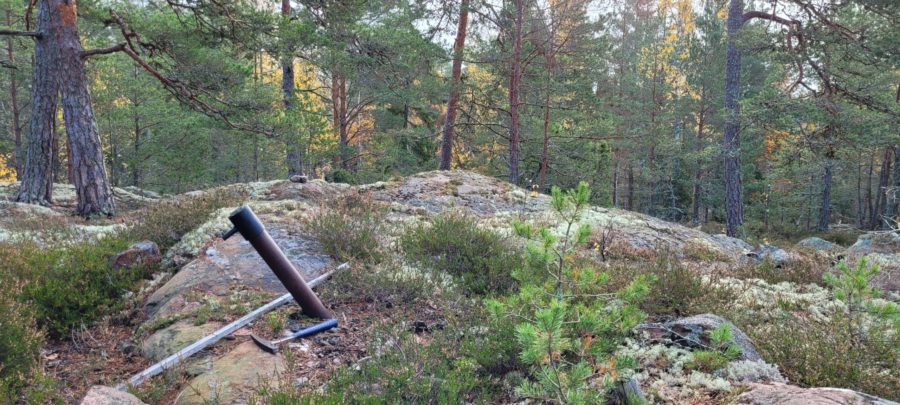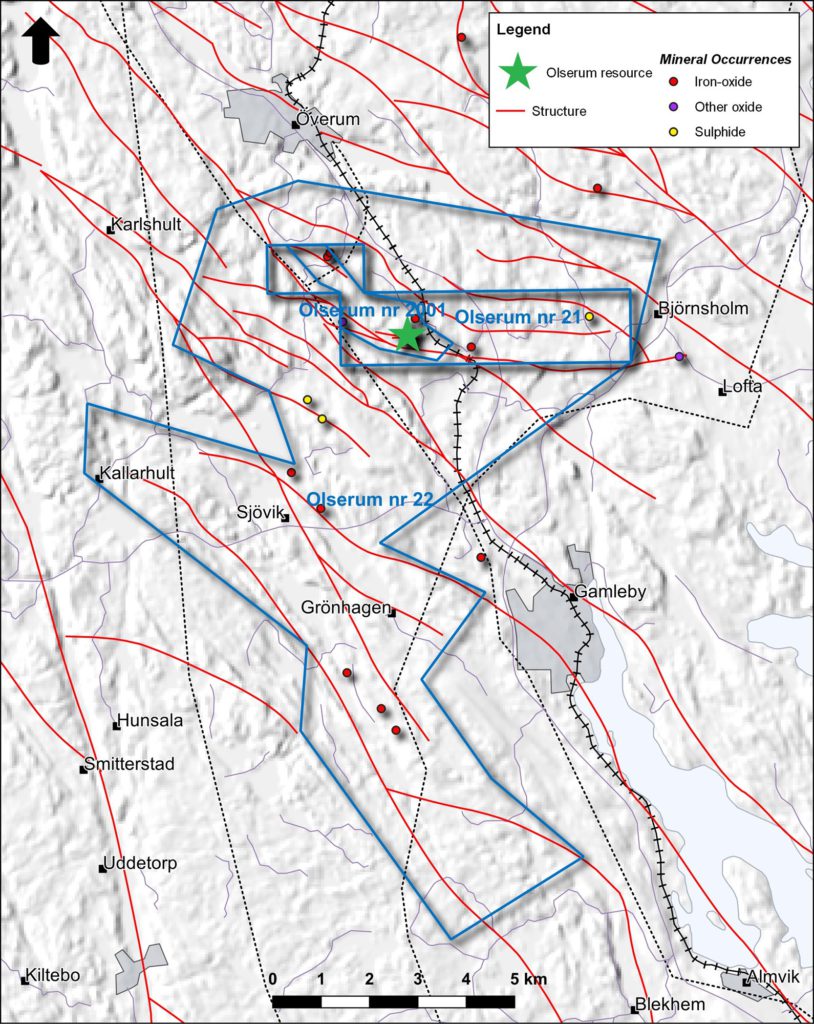European Green Metals expands land position at Olserum rare earth project in Sweden by ten-fold

European Green Metals announced Monday that it has acquired the 71 sqkm Olserum 22 licence area around its Olserum rare earth element (REE) project, significantly expanding its land position in southern Sweden.
The company acquired Olserum in July, which was designated by the Swedish Geological Survey as a ‘project of national interest’. It has a historical resource and proven metallurgy and recoveries, and is a key focus in the company’s strategy to build a portfolio of advanced critical minerals projects in Europe to supply the continents energy transition related industries.
“Olserum is a scalable high value permanent magnet REE project that we believe has the potential to be Europe’s first REE mine,” EGM CEO David Hall said at the time.

The acquisition provides district scale control in a highly prospective rapidly emerging REE district in southern Sweden, where other international resource companies are also staking ground, the company said.
The existing Olserum licence has an historical 43-101 indicated resource of 4.5 million tonnes grading 0.6% total rare earth oxides (TREO) and an inferred resource of 3.3 million tonnes grading 0.63% TREO, using a 0.4% cut-off.
Multiple anomalies have been identified on Olserum 22, with an exploration plan now being finalized, the company said, adding that Sweden represents a supportive mining jurisdiction with established infrastructure and is close to end user markets for REE.
“We are delighted to have strengthened our land position at Olserum in southern Sweden ten-fold, as we look to deepen our understanding of this highly prospective area and build a substantial REE resource inventory,” Hall said in a news release Monday.
“Olserum 22 has already yielded highly promising targets and complements our existing Olserum project in what we believe is a new rare earths district with potential for numerous new discoveries.”
{{ commodity.name }}
{{ post.title }}
{{ post.date }}

Comments